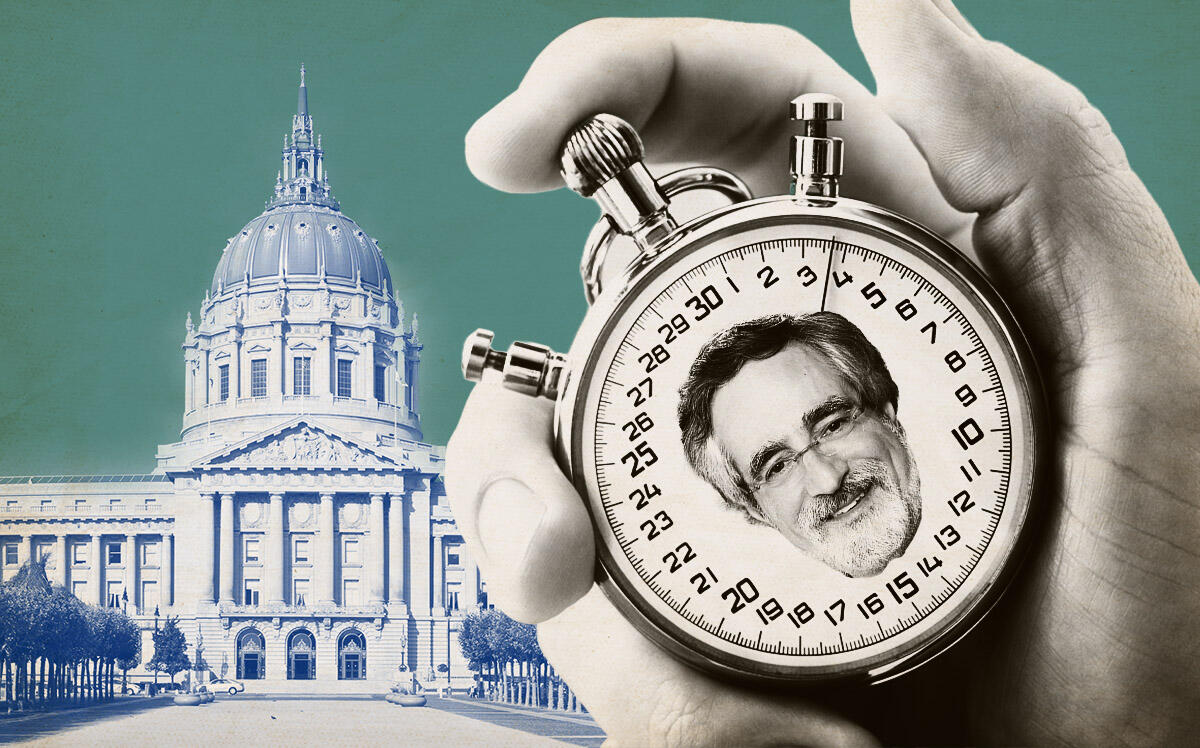When San Franciscans go to the polls on Tuesday, will two-thirds of them approve $300 million in affordable housing bonds?
Developers, contractors and affordable housing advocates have invested hundreds of thousands of dollars in hopes of getting a “yes” to that question.
Measure A would lead to the creation of about 1,500 affordable housing units in the city, helping it hit mandatory state goals of 46,000 affordable units by 2030, according to proponents. The measure includes $30 million for the acquisition and preservation of existing properties.
Related California is the largest donor with $100,000 in total contributions in support of Measure A, according to data from the city’s Ethics Commission, which tracks campaign contributions. Cahill Contractors, the city’s busiest general contractor according to TRD data, donated $55,000. Strada Investment Group donated $50,000, as did affordable housing developer Mercy Housing and the San Francisco Housing Accelerator Fund, which provides bridge loans for affordable housing projects and acquisitions.
TODCO Group, the politically connected affordable housing nonprofit that led the fight against a contentious 500-unit development at a former Nordstrom’s parking lot, donated $51,000 over two donations. There is one $26,000 donation from TODCO President John Eberling and one $25,000 donation from its Director of Community Development Jon Jacobo.
Unlike the residential conversion transfer tax measure, which TODCO opposes, Measure A is supported almost universally by San Francisco politicians, builders and developers, and does not raise property taxes. While Measure A has raised more than $800,000 in support, it has no formal opposition. The only ballot argument against it comes from Larry Marso, a delegate of the San Francisco Republican County Central Committee.
“It’s a rare unity measure in San Francisco,” said Related California CEO Bill Witte.
Witte explained that Related, which builds both affordable and market-rate housing, made its “significant” donation even with no real opposition campaign because getting two-thirds of San Franciscans to agree on anything is a daunting task. This is the third affordable housing bond campaign that it has donated to, and the last two were successful with substantial support, Witte said.
“You almost can’t have an organized campaign against it,” he said. “You don’t have a large margin of error.”
Affordable housing production is stuck in the pipeline without public funds and time is of the essence, Witte said.
“San Francisco, despite what you might read, has done a very good job of zoning for housing and approving affordable housing proposals, but without funding they’re just going to sit there,” he said.
Doug Shoemaker, president of Mercy Housing California, agreed that affordable housing providers need local money to close the financing gap, especially as the state is proposing cuts to funding due to its budget deficits.
“Nonprofit developers are ready to deliver the affordable housing the city needs, but we can’t do it without funding,” Shoemaker said.
Plus, the state typically matches funds raised locally at a rate of two to one, effectively turning the $300 million bond into $900 million, according to Housing Accelerator Fund CEO Rebecca Foster.
A pool that large would alleviate at least some of the concerns affordable housing developers have about long-term financing for projects, which is part of what makes them so expensive to build.
“There are many bright lights and solutions that we’re pushing towards to bring down costs and time, and to increase delivery, to try new things and then scale new things,” she said. “The only way we can make that work in a sustainable fashion is with long-term, permanent funding for affordable housing.”
Foster added that if the measure doesn’t pass, the city will miss the “immediate opportunity” to take advantage of the softened market.
“There are more opportunities now to acquire land and buildings at a lower cost than we certainly saw five years ago and than we probably will see five years from now,” she said.
First step
While $900 million would certainly be a win to affordable housing developers, $2 billion would be even better. That’s how much could come to San Francisco if a proposed regional ballot measure from the Bay Area Housing Finance Authority passes in November.
Part of raising support for Measure A is also about coalition building and revving up momentum for the regional measure, Foster said. The details are still being worked out, but the measure would likely raise between $10 billion and $20 billion for the nine-county Bay Area.
“San Francisco is the bellwether and the leader in really showing that we support affordable housing, so it’s also really important that this passes ahead of that regional campaign,” Foster said.
The November ballot will also have a statewide measure, ACA 1, that would drop the approval rate needed for affordable housing bonds from two-thirds to just 55 percent. If that passes, the November regional measure would also need to pass by only 55 percent, a much lower bar that could have huge ramifications for similar bonds moving forward. Witte said ACA 1 is the only other measure on the ballot this year that Related is considering supporting.
“ACA 1 would be a landmark change, unlocking billions in much-needed investments in communities throughout California,” said Amie Fishman, executive director of Non-Profit Housing Association of Northern California, an advocacy group. “It would give voters in local communities across the state more power to pass local affordable housing bonds that meet the unique needs of their communities — with strict accountability and oversight requirements to ensure the dollars are spent effectively.”
Market-rate benefits
There is an obvious benefit to affordable housing builders if Measure A passes, but market-rate residential and mixed-use builders have also offered support. In addition to Strada, The Prado Group donated $45,000 and Tishman Speyer donated $40,000.
Putting on his market-rate developer cap, Related’s Witte said that for-profit developers could see a connection between more dedicated affordable housing being built and a further lessening of inclusionary housing requirements in the future.
More affordable housing also leads to a healthier overall city, Foster said, because it brings important workers back to San Francisco and gives families experiencing homelessness much-needed stability.
“The people who will be in these homes will not need to commute two hours to get to work at a restaurant or teach our kids. Families are going to be able to move in so that their kids aren’t doing homework at a shelter,” she said. “We can’t slow down on really staying committed to growing our pool of affordable housing for all the people who deserve it and need it so much.”
Read more



